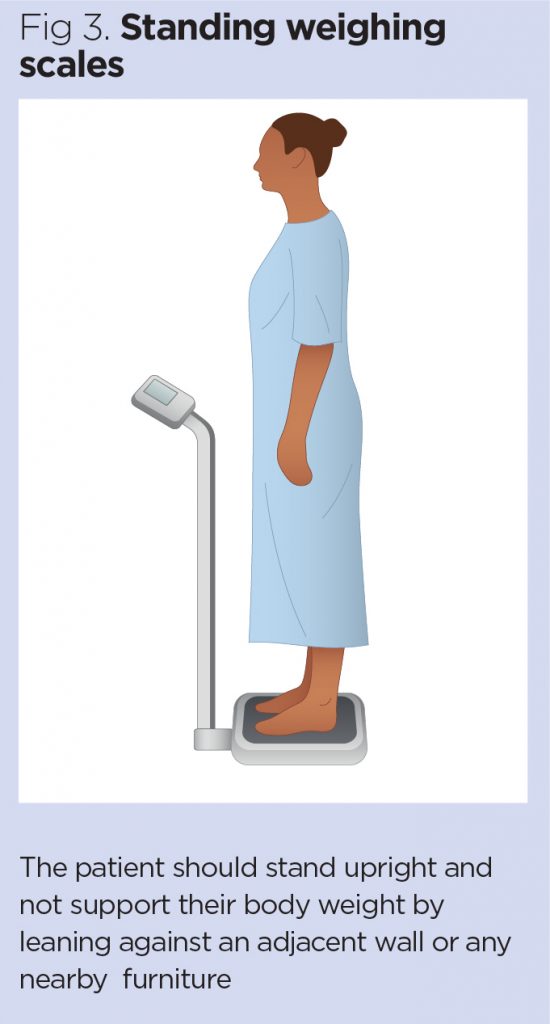
Have you ever wondered why doctors weigh you while you’re still wearing your clothes? It might seem counterintuitive, but there are several important reasons behind this practice. This article will delve into the science behind weighing patients with clothes on, exploring its benefits and how it contributes to accurate health monitoring.
We’ll examine why this method is preferred over weighing in just underwear or a gown, focusing on factors like clothing weight consistency and its impact on tracking body mass changes over time. By understanding these principles, you can gain a better appreciation for the role of seemingly simple practices in healthcare.
Why Doctors Weigh Patients With Clothes On
The primary reason doctors weigh patients with their clothes on is to ensure accurate and consistent measurement of overall body weight. While it might seem like clothing would significantly alter the reading, the reality is that fluctuations in clothing weight are minimal and relatively consistent from one weighing session to the next.
This consistency allows healthcare professionals to focus on tracking changes in a patient’s body mass over time, rather than being influenced by variations in clothing weight.
Accurate Body Weight Tracking
Accurate body weight tracking is crucial for monitoring overall health and identifying potential health concerns. Doctors use this information to assess progress towards weight loss or gain goals, detect early signs of obesity or malnutrition, and monitor the effectiveness of treatment plans.
By consistently weighing patients with their clothes on, healthcare providers can establish a reliable baseline and track changes in body mass over time with greater accuracy. This data is essential for making informed decisions about patient care and adjusting treatment strategies as needed.
Minimal Clothing Weight Fluctuations
The weight of everyday clothing items like pants, shirts, and shoes remains relatively stable from one weighing session to the next. These fluctuations are typically minimal and unlikely to significantly impact the overall reading.
Factors such as the type of clothing worn (e.g., heavier denim versus lighter cotton) can influence the weight slightly, but these variations are generally consistent for an individual over time.
Consistent Measurement
The key benefit of weighing patients with their clothes on is the consistency it provides in measurement. By establishing a standard procedure, healthcare professionals can eliminate the variability introduced by weighing in different attire.
This consistency allows for more accurate tracking of body mass changes and facilitates meaningful comparisons between weigh-ins over time.
Monitoring Body Mass Changes
Monitoring body mass changes is essential for identifying trends and potential health concerns. Doctors use this information to assess a patient’s overall health status, track progress towards weight management goals, and detect early signs of underlying medical conditions.
By consistently weighing patients with their clothes on, healthcare providers can accurately monitor these changes and make informed decisions about treatment and care plans.
Conclusion
Weighing patients with their clothes on is a common practice in healthcare that serves several important purposes. It ensures accurate body weight tracking by minimizing the impact of clothing weight fluctuations, allowing for consistent measurement and reliable monitoring of body mass changes over time. This practice contributes to effective health management and facilitates informed decision-making by healthcare professionals.
